As tournaments on both ends of the earth have now experimented with the BWF’s newly proposed scoring system, we hear from players and coaches who have played under it in two tournaments in September.
By Kai Lim, live in Auckland. Photos: Badmintonphoto (archives) and Adrianna Yiu (live)
A set of badminton rules dating back to 1873 defined badminton’s first official scoring system as a best of 3 games with each game played to 15 points (3×15) for men’s singles and men’s doubles, and 11 points for ladies’ singles. Setting was also included at certain score situations and players could score points only when serving.
In 2001, the then-International Badminton Federation (IBF), experimented with a best of 5 games with each game up to 7 points (5×7). The experiment was shortly abandoned in favour of a modified version of 3×15 scoring system.
In December 2005, the IBF once again changed the scoring system, introducing a rally point scoring, with a best of 3 games with each game up to 21 points (3×21). The scoring system rules were also standardized over badminton’s different disciplines.
And now once more, Badminton World Federation (BWF) has decided to tinker with the scoring system, introducing a rally scoring, best of 5 games to 11 points (5×11) without setting, with select tournaments running from the 1st of August to November to test the system. While BWF has every interest to help promote the game and make it more interesting, a question remains, what do the athletes think?
During the Fernbaby Auckland International Series in New Zealand, I had a very lucky opportunity both to play under the system and to talk with some of the other players and coaches. Many of them were willing to share their opinions and thoughts on the system and how it has affected them in their playing life.
“The scoring system seems to work well. It may be tweaked later on in the long run; however, at the end of the day, it is the players who are important,” were the wise words from Lynne Nixey, who was assisting with the umpire co-ordination of the tournament. For after all, without the players, there most certainly won’t be any badminton competition to measure with any scoring system.
11 points is just about a little over half of the original 21 points. From a quasi-scientific viewpoint, assuming a constant rate of points over time, it would be logical to assume that an 11-point game would be about half the time of a 21-point game. Furthermore, with a best 3 of 5 games with the point score reset to zero between games, there is the added dynamic of a player taking 1- or 2-game advantage.
The 11-point game: Too fast?
With the lowered 11-point threshold, those who could rush to 11 points or were a bit lucky with unforced mistakes would quickly find themselves a game up. For Xiao Yang, he became the first New Zealand player to get a game off an international player under the new scoring system. However, when asked about the scoring system, he replied, “In my opinion, I still like the current [3×21] scoring system. 11 points scoring system is too rushed for player to warm up and get into the game. Badminton cannot be played like tennis.”
Indeed, while it is true that badminton is a sister sport of tennis, the two sports do at least need a level of differentiation to showcase their distinct traits.
While this writer is not what you would call a top professional player, I do at least enjoy participating in high-level competitions to test my mettle. I was extremely fortunate to play against the same opponent and good friend Ian Wong twice, once before last year in 2013 New Zealand Open and now at the Auckland International, but this time under the new scoring system. This time around, I was only able to get 14 points off him, compared to the 21 points I had from last year. Like what most players had said before me, 11 points simply blitzed by me so fast that it was hard to focus and get into the game.
However, this year’s semi-finalist Tan Vi Hen (pictured) attributed his best ever finish to the new system: “Because I am an attacking player, I need to play speed and power, so the 11 point system is suitable for me”.
It is true that attacking players are favoured, as they can simply smash their way to 11 points and just repeat it 2 more times to win a match. For defensive or rallying players, they will be put under even more pressure, as there is a bigger onus on them to play consistent defense and turn it around into a winning strike. Training, too, will have to change to train players physically and mentally to play a fast 11-point game.
The end of legendary comebacks?
One of the best comebacks ever recorded in international badminton was the 2006 Malaysia Open men’s singles final, where Lee Chong Wei came back from a near impossible final game deficit of 13-20, saving 7 consecutive match points to win the game 23-21 and with it the title.
With a smaller gap between 0 and 10, it becomes a lot harder to look for comebacks. The key here is to look at the games scored beforehand and decide if a player can come back to take a critical game to level the match in their favour. Malaysia’s Ian Wong became such a player in a comeback situation, finding himself two games down and trailing 4-9 in the third game to Australia’s Simon Leung. A handful of courage and a cool head saw him take the critical third game at 11-10, after which he was able to capitalize on mistakes to finally take the match with a 5th game of 11-9.
In favour of comeback players Ian Wong mentioned, “A game should have setting to give confidence to a player who is coming back. 11 points is a whole different game, rewarding attacking players while rallying players lose out.”
To set or not to set?
Talking of setting, both Xiao Yang and Ian Wong mentioned that setting should be included as an incentive to help a player who is behind to catch up and increase the fun of the game. It would also help to increase pressure on the player who is ahead to finish the game before the opponent can catch up. Badminton has a limit on how far setting can go, having set limits of 17 in the old service scoring, and 30 points in the current 3×21 era.
In the words of a recent Badzine editorial, the setting system – requiring a 2-point margin to win a game – is one way to increase the ratio of potentially exciting points, and extend close (and therefore usually exciting games) between similarly-skilled players. At 20-all, players could then be forced to strategise and plan to get the 2 point advantage, in ways like attacking aggressively for the next 2 points or defend said attack and force 2 mistakes. Even in the current system, a 29-all score means that an entire match can hang on skill, strategy, and luck, within a single point and it can bring an anticlimactic finish to a long game.
With games in the 5×11 system topping out at 11-10, not only are close games not extended, but that 10-10 sudden-death point is far more frequently reached than 29-all ever was. During the recent Belgian International, Germany’s Marc Zwiebler (pictured above) stated: “The tension at 10-10 is almost unbearable. Also, a disadvantage is that lucky shots and mistakes of judges have a bigger impact on the outcome of the game. Training will focus more on explosiveness and less on stamina.”
But others in Belgium pointed more to the mental than the offensive aspect.
“Asian players tend to be slow starters and that is an advantage for us,” said Samantha Barning (pictured) of the Netherlands. “Mentally it becomes heavier, in such way that the mental aspect will decide who wins a match. Also coaching will become even more important.
Danish coach Per-Henrik Croona (pictured) give similar feedback: “Overall I like it. However I do prefer the version that the Danish league is using. [decider until 15 and only a 1-minute break]. The main objective to adapt this system was to attract more spectators, I don’t know if this will be the case.
“As coaches, we will need to be more focused as a game can be decided very quickly. We’re already training the mental aspect, but remaining focused will get even more attention.”
The art of Badminton
Ask anyone who goes to watch badminton tournaments, and you will find the most common reason given is, “to watch the players play”. To play badminton is akin to gazing at your own painting, but to watch a professional play is to admire fine art. After all, we spectators pay good money to watch the professional players transcend mortal limits to skillfully and effortlessly turn their strokes to illustrate the game of badminton. With this 11 point system that favours offensive players and displaces defensive players, will we be seeing yet another change in style?
In the words of Malaysian coach Rommy Arnold, “The very basics of badminton is the art of playing. This 11-point system takes away that art.”
And if there is less art in a gallery, what else is there to justify the admission ticket?
![Opinion – 11 points, from the eyes of the athletes As tournaments on both ends of the earth have now experimented with the BWF’s newly proposed scoring system, we hear from players and coaches who have played under it in […]](http://www.badzine.net/wp-content/uploads/Newsflash-thumbnail.png)
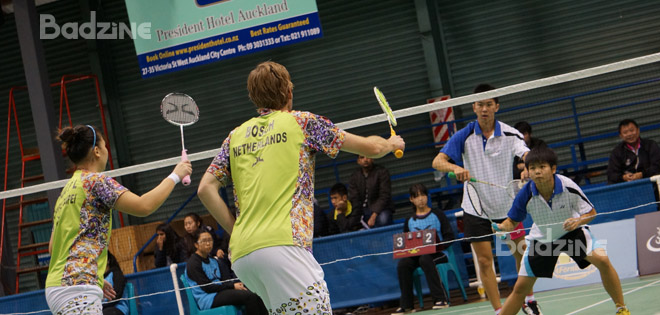
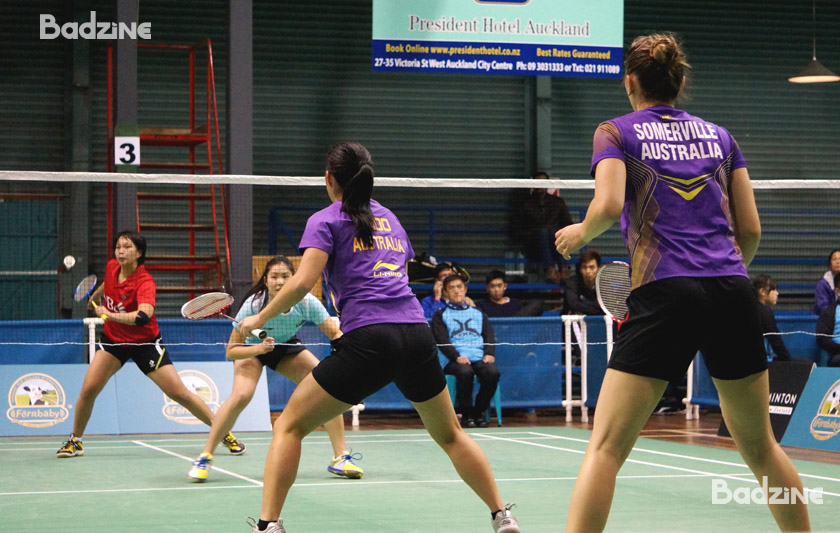


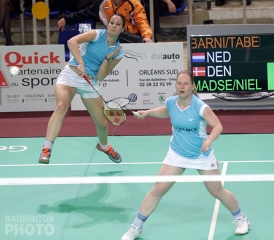

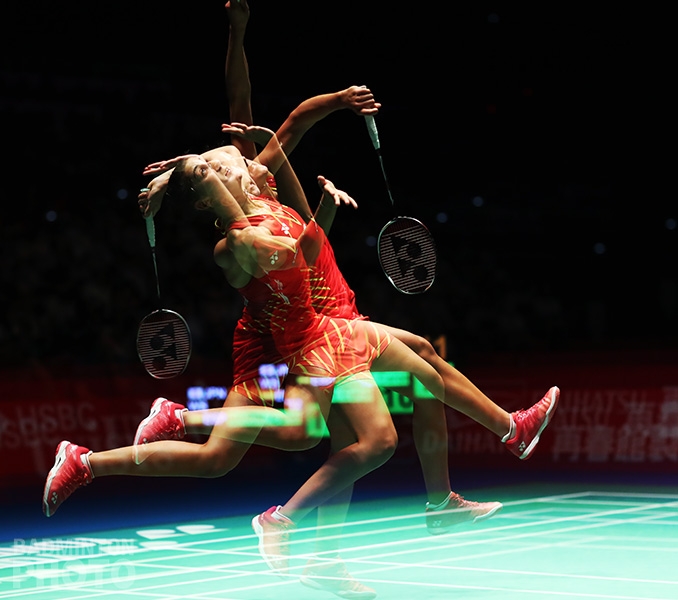
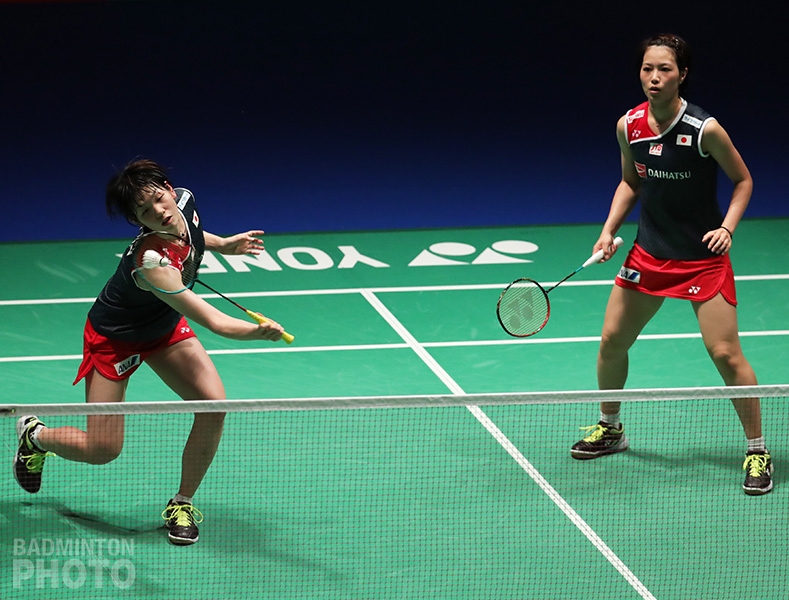
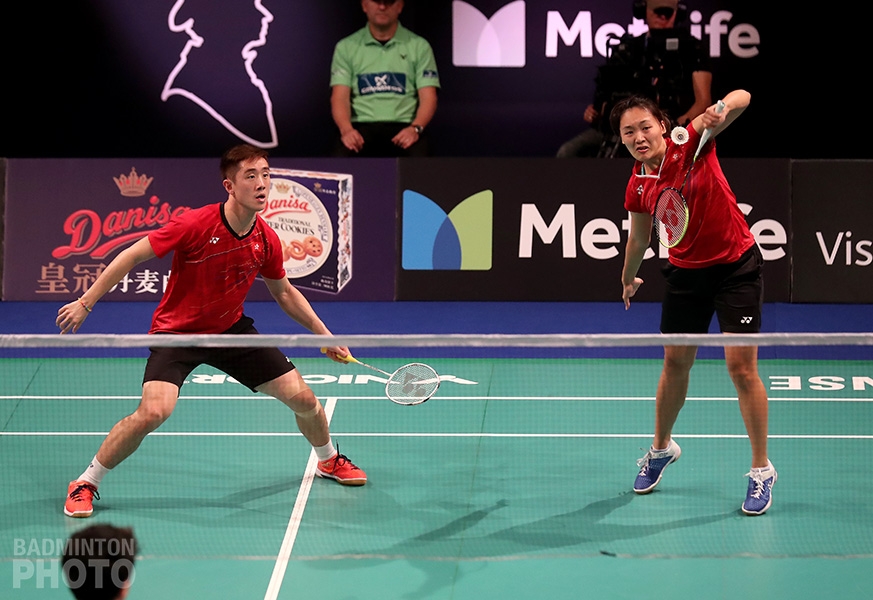
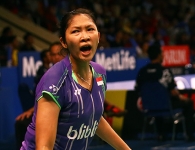

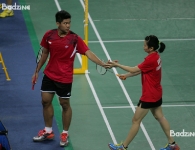
Leave a Reply